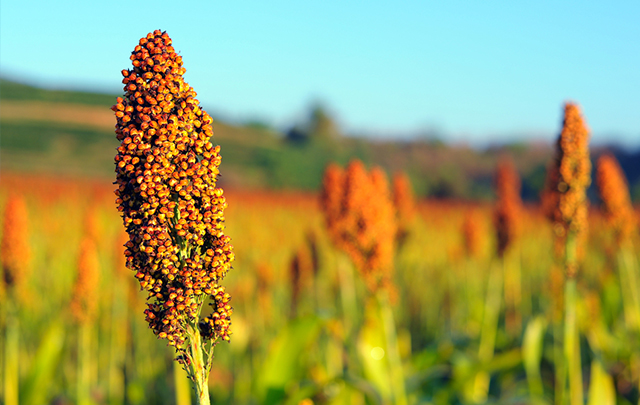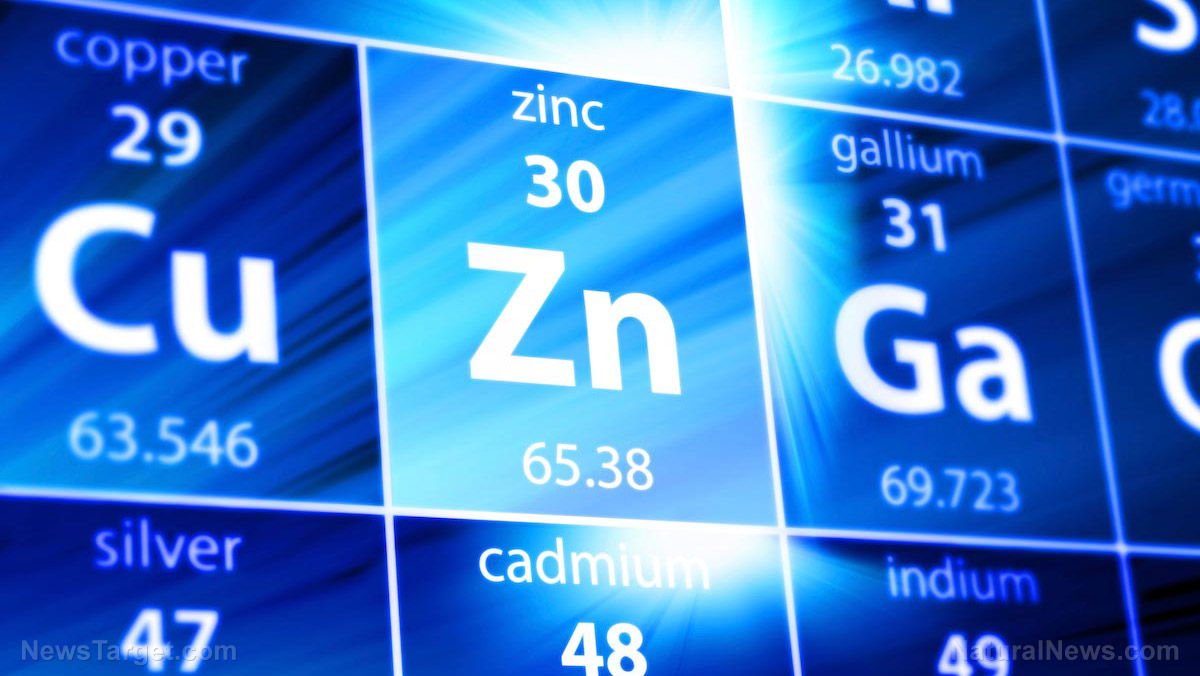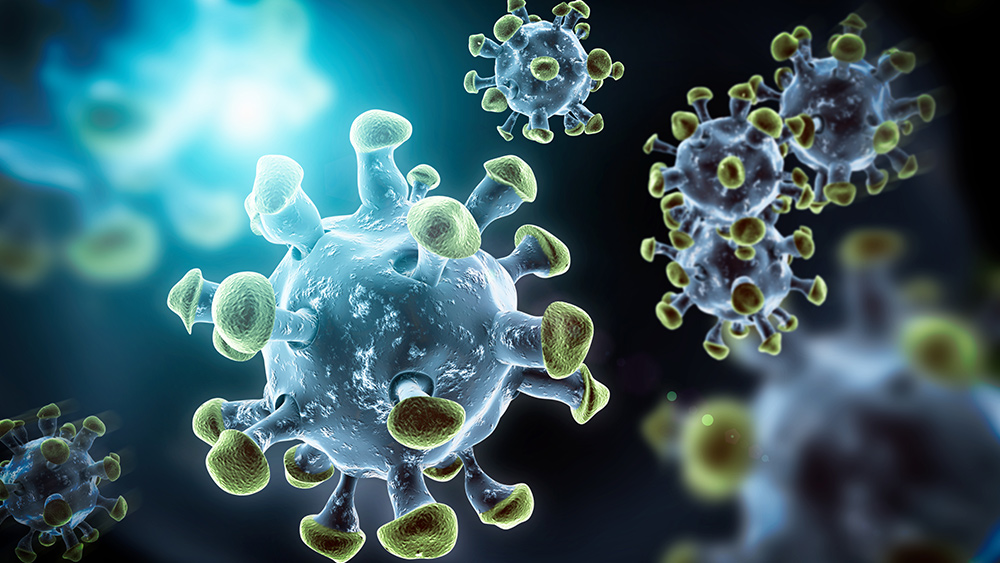Examining the healing effects of sorghum on atherosclerosis
04/03/2020 / By Evangelyn Rodriguez

In this study, researchers from South Korea examined the anti-atherosclerotic effect of sorghum or great millet, which is known to have antioxidant and anti-inflammatory properties. Their findings were published in the Journal of Natural Medicines.
- Atherosclerosis is a major cause of coronary heart disease (CHD) in which atherosclerotic lesions make blood vessels thicker.
- This thickening of blood vessels, in turn, inhibits blood circulation.
- Atherosclerosis is caused by a high-fat diet and vascular injury. Chronic arterial inflammation plays an important role in the pathogenesis of atherosclerosis.
- Secretion of the pro-atherogenic cytokine tumor necrosis factor-a induces the expression of endothelial adhesion molecules, such as P-selectin, vascular cell adhesion molecule 1 (VCAM-1) and intercellular adhesion molecule 1 (ICAM-1), which mediate attachment of circulating monocytes and lymphocytes.
- For this study, the researchers obtained a 50 percent ethanol extract from Sorghum bicolor fermented with Aspergillus oryzae NK.
- They reported that the extract significantly decreased the expression of VCAM-1, ICAM-1 and the pro-inflammatory factor cyclooxygenase-2 in vitro.
- Meanwhile, the extract significantly increased the expression of the anti-atherogenic factor heme oxygenase-1.
- In vivo examination of fat droplets from liver tissue, histological analysis of aortic thickness and blood lipid profile measurements also revealed that the sorghum extract significantly improved blood and vascular health at a dose of 200 mg/kg.
Based on these results, the researchers concluded that sorghum has great potential as a therapeutic anti-atherosclerotic agent.
Journal Reference:
Ham YM, Song HS, Kwon JE, Jeon H, Baek HJ, Kim CW, Yoon WJ, Choung ES, Kang SC. EFFECTS OF FERMENTED SORGHUM BICOLOR L. MOENCH EXTRACT ON INFLAMMATION AND THICKNESS IN A VASCULAR CELL AND ATHEROSCLEROTIC MICE MODEL. Journal of Natural Medicines. 2018;73(1):34–46. DOI: 10.1007/s11418-018-1231-9
Tagged Under: alternative medicine, anti-inflammatory, atherosclerosis, cardiovascular health, coronary heart disease, food cures, food is medicine, food science, functional food, great millet, natural cures, natural medicine, prevention, research, sorghum



















